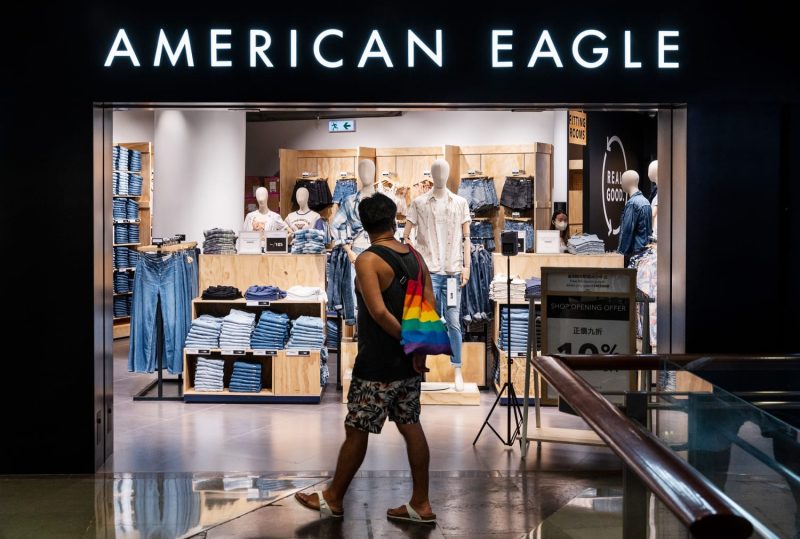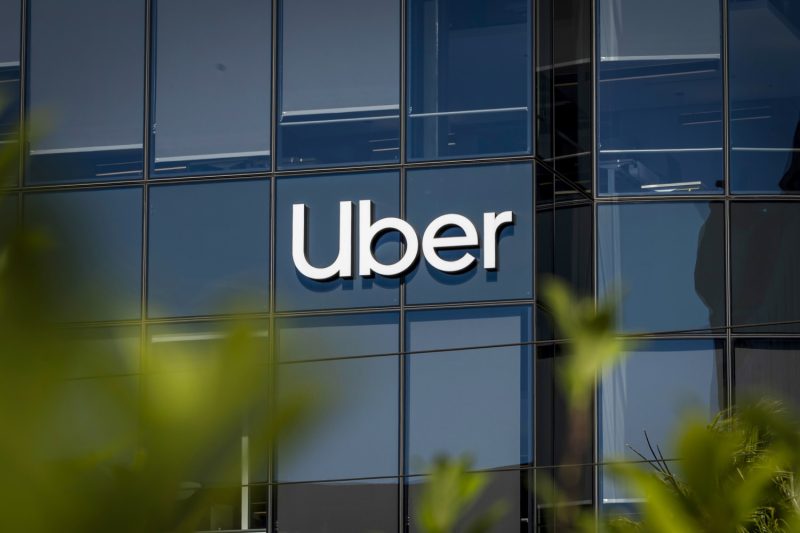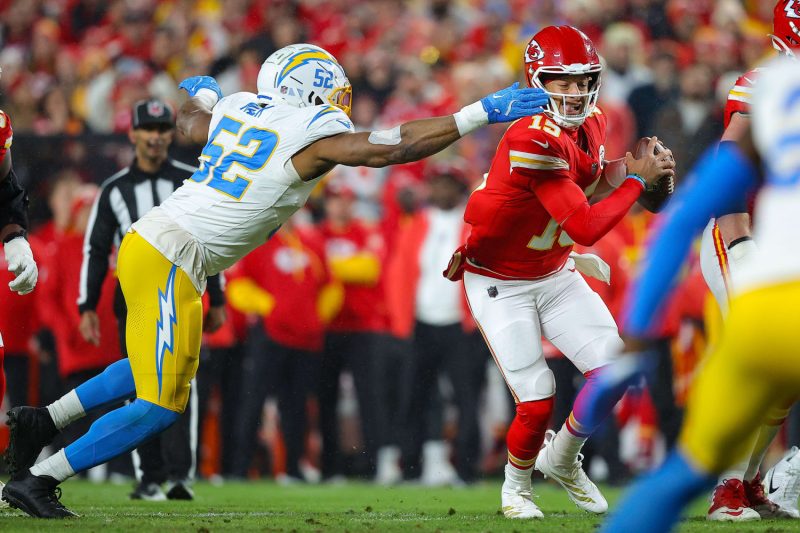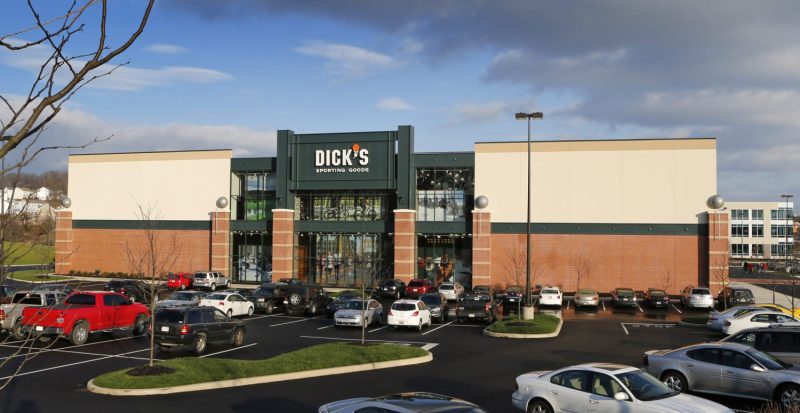American Eagle on Tuesday said it is writing off $75 million in spring and summer merchandise and withdrawing its full-year guidance as it contends with slow sales, steep discounting and an uncertain economy.
The apparel retailer said it expects revenue in the first quarter, which ended in early May, to be around $1.1 billion, a decline of about 5% compared to the prior-year period. American Eagle anticipates comparable sales will drop 3%, led by an expected 4% decline at intimates brand Aerie. American Eagle previously expected first-quarter sales to be down by a mid-single-digit percentage and anticipated full-year sales would drop by a low single-digit percentage.
Shares plunged more than 17% in extended trading.
When it reported fiscal fourth-quarter results in March, American Eagle warned that the first quarter was off to a “slower than expected” start, due to weak demand and cold weather. Conditions evidently worsened as the quarter progressed, and the retailer turned to steep discounts to move inventory.
As a result, American Eagle is expecting to see an operating loss of around $85 million and an adjusted operating loss, which cuts out one-time charges related to its restructuring, of about $68 million for the quarter. That loss reflects “higher than planned” discounting and a $75 million inventory charge related to a write-down of spring and summer merchandise, the company said.
“We are clearly disappointed with our execution in the first quarter. Merchandising strategies did not drive the results we anticipated, leading to higher promotions and excess inventory. As a result, we have taken an inventory write down on spring and summer goods,” said CEO Jay Schottenstein.
“We have entered the second quarter in a better position, with inventory more aligned to sales trends,” he said. “Additionally, we are actively evaluating our forward plans. Our teams continue to work with urgency to strengthen product performance, while improving our buying principles.”
The company added it is withdrawing its fiscal 2025 guidance “due to macro uncertainty and as management reviews forward plans in the context of first quarter results.” It is unclear if recent tariff policy changes had an effect on American Eagle.
Some companies bought inventory earlier than usual to plan for higher duties, but American Eagle repeatedly said in March that it was in a solid inventory position and was able to go after trends as customer preferences shifted.
At the start of the first quarter, the company said it had some inventory outages and needed to supplement stock in a few key categories, particularly at Aerie, one of its primary growth drivers.




